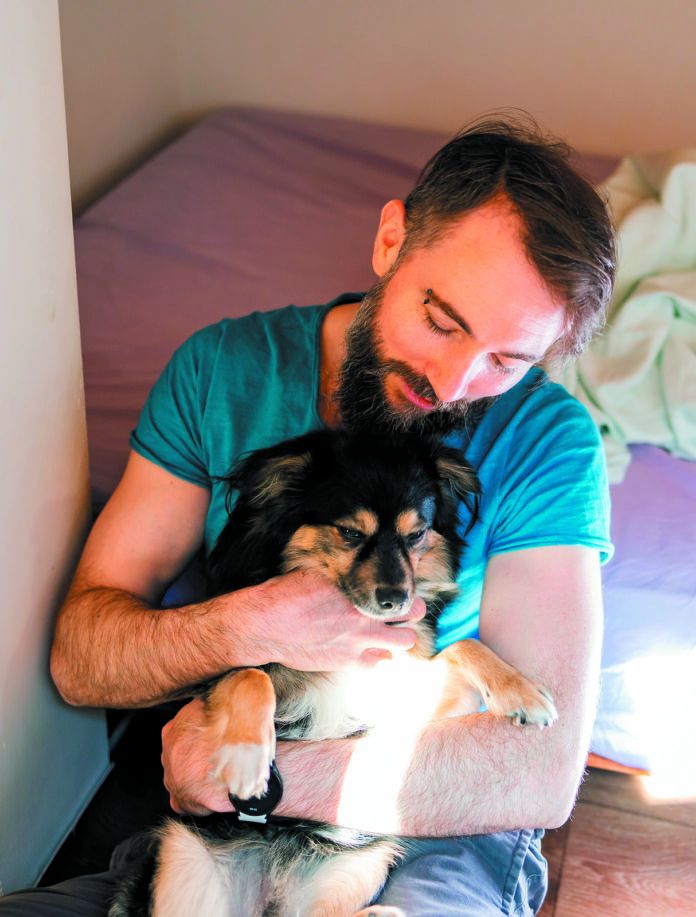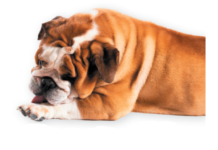Post-Clipping Bacterial Infection
n Sometimes, after a dog’s hair has been clipped or even simply after he has been bathed, an infection develops. You might see a red spot appear that becomes itchy for your pet. What’s going on?
It could be that the hair follicles, which become more exposed upon
clipping or shaving, become contaminated with bacteria. Or the skin becomes nicked upon cutting or shaving, creating a very small cut that allows pathogens to enter a dog’s body. It’s even possible for bacteria in the water to colonize on a dog’s skin or for an ingredient in a new shampoo to disagree with a dog.
The condition is known medically as post-grooming bacterial folliculitis-furunculosis. Rest assured that it doesn’t occur frequently, but if you do see a red spot develop after grooming that your pet might start scratching, take him to the vet. While a bacterial infection sometimes clears on its own, antibiotics are usually needed.
Pawternity Leave
n More and more companies are offering pawternity leave — paid time off for people bringing home a new dog. We’re all for it, especially when it comes to young puppies. Bringing home a dog younger than three or four months old and then going out to work all day is a recipe for lifelong fear and insecurity in a pet. It’s also a lost opportunity to socialize an animal. A dog’s sensitive period of learning lasts until she is 12 to 14 weeks old, meaning that until that age, she soaks up new information like a sponge. It’s especially important for you to be there during that period to show her your love, let her know you’ll take care of her, and teach her the ways of your home. It’s also important for her to learn proper potty training.
No dog who is new to your home should be left alone for long periods of time. It’s simply too disorienting — and scary. But for a young pup who has just been separated from her mother and littermates and has never been alone in her life, it’s all the more important for you to be there interacting with her.
Hand Your Dog a Good Ribbing if You Think He Might Be Too Heavy
n Make a fist. Now touch your knuckles. If your dog’s ribs feel as hard as they do, he’s much too skinny — emaciated, even.
Now flatten your hand, palm up. Press on the junction of any finger and your palm. Do your dog’s ribs feel squishy like that when you go to palpate (feel) his ribs? Then he’s much, much too heavy.
Flatten out your hand again, but this time keep the palm down. Once again, press on the juncture between any finger and the rest of your hand. If your dog’s ribs feel like that, he’s just right.





